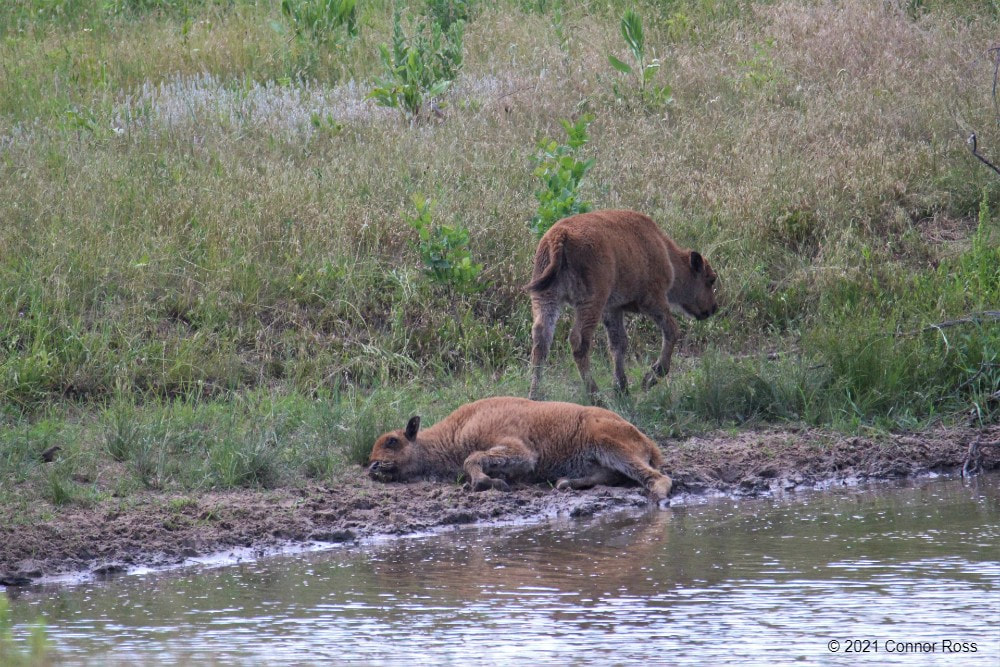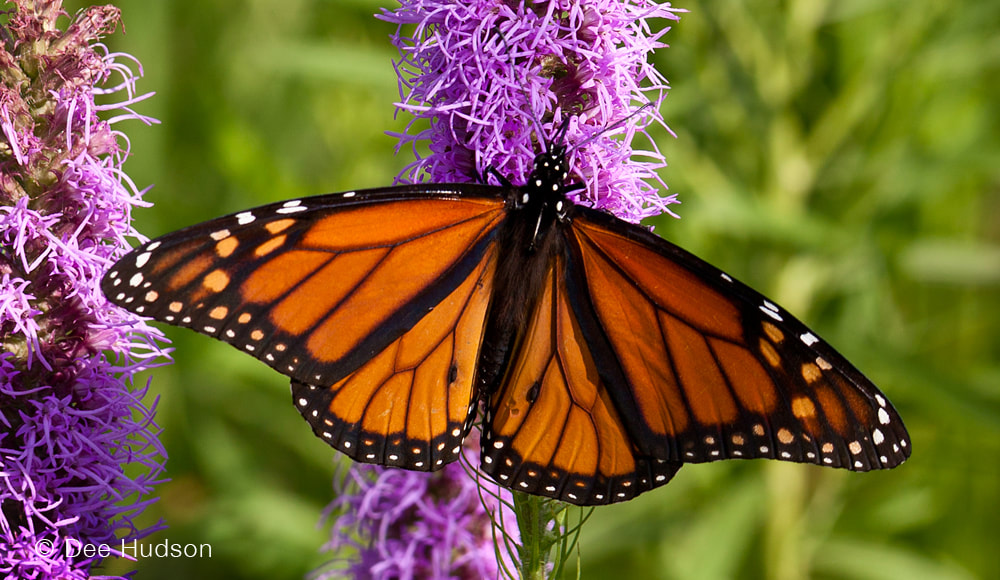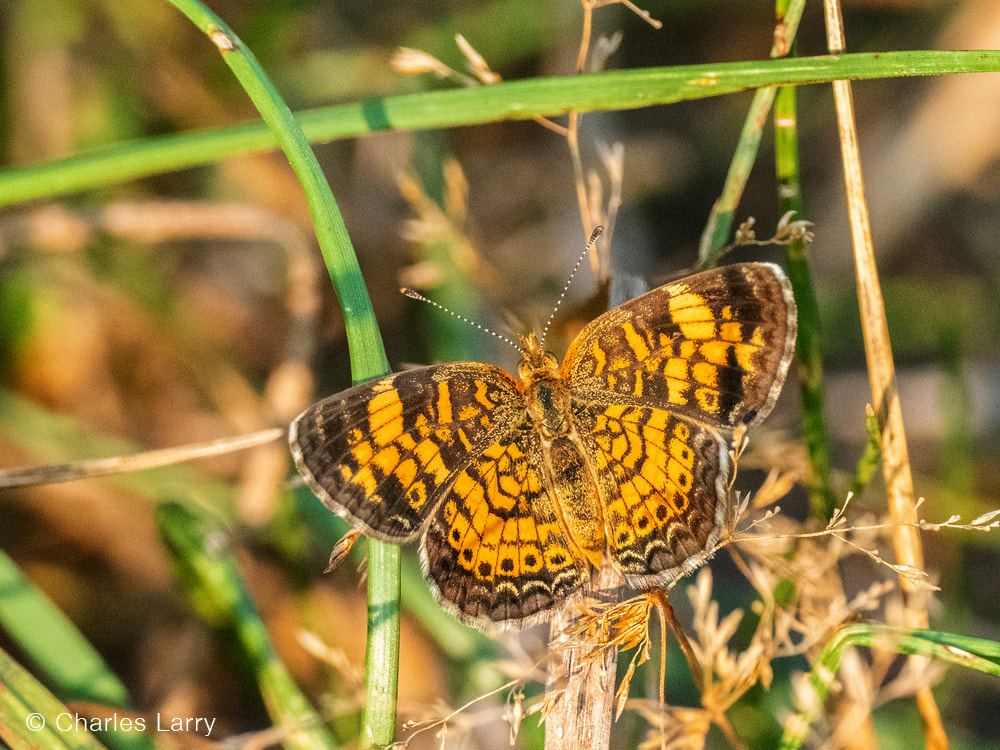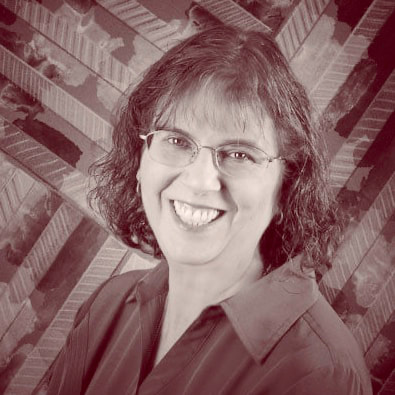|
By Connor Ross Nachusa Restoration Technician Rebounding from the unusually short 2020 field season, the Nachusa restoration crew hit the ground running in 2021. It’s amazing what you can do when you have a couple extra weeks and a full crew on hand! Each year presents its own challenges. Last year I wrote about how the infamous (and unfortunately, still ongoing) pandemic disrupted the burn season. A record fire regime this year ensured the crew didn’t have to trek so much through unburned plots of land – that’ll really put your knees and hips to work! I also discussed the extremely wet spring of 2020. In a reversal of fortune, we ended up working during a drought year for 2021. Creek levels in late May were as low as they should’ve been in August, and most storms conveniently split to the north or south (often both) before they could supply Nachusa with some much-needed water. This drought meant the crew faced a mixed bag of effects: a lower invasive plant population and some seemingly confused natives. These “confused” natives often seemed to bloom and go to seed earlier than expected from previous years. New England asters started blooming at the very end of June! As we face the transition to fall, the focus of the crew has been mainly on seed collecting, as weed killing season drew to a close. We swept certain units no less than four times this season for birdsfoot trefoil, tore sweet clover out of the ground on remnant knobs, plucked king devil heads before they could go to seed, and even patrolled the roadside ditches, spraying yellow iris and scything parsnip. The crew feels incredibly lucky to have the new Morton building to process seed. Because of this, we’ve been able to collect and then subsequently mill record amounts of seed, blowing our 2020 numbers out of the water. As of this writing, we currently have milled over 250 pounds of seed from over 40 species. We’ve been able to collect some seeds we missed last year, such as the seed pods of blue flag iris, which explode and shower seed everywhere in the vicinity when ready. We’ve seen all sorts of seed diversity: sticky catchfly seeds as small as a grain of sand, hairy beardtongue seeds that smell like roadkill, delicately fluffy dwarf dandelion seed, black-eyed Susan seed that digs into your skin like fiberglass. They’ve been harvested from every part of the preserve and in any sort of environment: golden Alexander from a classic mesic prairie, sedges that require a good pair of muck boots to collect, and fameflower from the sandy, desert-esque remnant knobs of Nachusa. As the fall season kicks into gear, the crew will continue collecting even more species from all across Nachusa in preparation for future restoration projects. The crew has worked hard this season in all sorts of conditions. We can attest to some bone-rattling days in May where we wore two layers under our rain jackets. And we’ve also labored through unusually hot June and August days with heat indexes topping 115 degrees Fahrenheit. We’ve killed sweet clover during rainstorms and been blasted with 40 mph gusts as we picked seeds. At times, the restoration technician position can be physically demanding and exhausting; hauling a two gallon herbicide pack for eight hours on the prairie is no joke! But time and time again it has proven incredibly worth it. We’ve seen the 2020 planting come to life this year, and already some of the seeds we collected last year have sprouted up: black-eyed Susan, white wild indigo, partridge pea. It has proven especially worth it through our wildlife encounters. A mink on her morning pond patrol on a cloudy day. Rescuing a cliff swallow with twine wrapped around its toes. Listening to sandhill cranes uttering their melodious primeval cries. Scaring up more frogs in a few minutes than you could count on your hands and toes. We even found an endangered Blanding’s turtle whose radio tracker had died. And of course, we’ve had plenty of encounters with bison. As rut season begins, the roars of the bull bison almost sound akin to lions on the Serengeti. We’ve watched adult bulls size each other up, and yearling bulls jostle each other around in imitation of their elders. We’ve also seen a more tender side to the bison, as one crew member, Zach, was lucky enough to come upon a cow that had just given birth in late June. The calf couldn’t even stand up yet! All in all, it’s been an incredibly successful summer at Nachusa that has proven worth the hard work. Nachusa is truly a place like no other, and we all feel lucky to be a part of it. Meet the Crew
4 Comments
By Becky Jane Davis Nachusa Grasslands Butterfly Monitor For several years, I’ve been trying to start butterfly monitoring with the Illinois Butterfly Monitoring Network (IBMN). Everything finally came together this year. Recently I did my first butterfly monitoring at Nachusa Grasslands. Butterfly monitoring consists of counting butterflies by species, in a specific route, throughout the season. This first year, I need to identify only 25 species of butterflies. Forty years ago, I could identify more than that, but I'm a bit rusty. So, I walk at a regular pace, scanning the area, left and right on the trail, spotting butterflies. As I see one, I identify it and mark it on my field report. When I’m finished, I enter my findings in the database. It sounds easy and straightforward but my first time out, I identified about half. The rest were noted as “unknown butterflies,” so I have some learning and growing ahead of me. Things they don’t teach you in butterfly monitoring training: 1. How do you count each Monarch only once? They go here, over there, cross over the trail, and then you wonder, did I already count you? 2. Prairie plants are dense and tall. Those little butterflies can dart across the trail and into the plants and disappear before I can even see the markings or colors. 3. You need to protect yourself from ticks. That means bundling up head to toe in insect repellent-treated clothing, wearing hiking boots. Take a walking stick for uneven ground, don’t forget binoculars (if you can get them out and focused fast enough). There must be a simpler way! 4. It is good to know what a species looks like both flying and resting, but what about moving so fast, never resting, and not at an angle to fully see all four wings at once, as in the photos? 5. Back when I knew all the different species, it was because I caught them, put them in a kill jar, mounted them, and used a detailed key to identify them. No guessing! When my route is done, I have a short 10-15 minute walk back to the parking lot that allows me time to linger, get out my iPhone for a few photos, or get my good camera out to capture prairie life. I hope to get back to butterfly monitoring at least five more times this summer, hopefully more. Weather is an issue, as is distance, because I chose a location an hour away from my home. I like going to Nachusa, but it is at least a 3 hour commitment to monitor and I need to leave room in my days and flexibility so I can make that trip. Weather has not been helpful this last month. Rain, wind, and cloudiness are not good for butterfly sightings. In fact, I have rules to follow: at least 70 degrees, partly cloudy to full sun, little wind to moderate wind, and no rain. The last two weeks didn’t give many days to choose from. But I will continue and try to get more of my own photography adventures in as well. The native grasslands and prairies offer so many opportunities for interesting captures. I’m looking forward to what I can share in future blogs! Butterfly monitoring data from 7/17/2021: The route was about 50 minutes. Temperature: 77 degrees Wind speed: 9 mph. The wind was stronger at the end of the route. Sky: partly cloudy
Who are the citizen scientists, and how can I become one? Nachusa’s citizen scientists are composed of community volunteers who are passionate about their subject and want to contribute to scientific research. Do citizen scientists need prior experience or a science degree? No previous experience or scientific background is needed to volunteer, although some monitoring programs require approved initial and/or refresher trainings. Some citizen scientists may desire to seek further training and acquire new skills, while others can assist trained citizen scientists to learn the monitoring process. What citizen scientist opportunities are available at Nachusa?
How can I become a citizen scientist at Nachusa? It’s simple, just sign up on the Friends of Nachusa Grasslands website. To get involved with the critical on-the-ground work at Nachusa, consider joining our Thursday or Saturday workdays or giving a donation to the Friends of Nachusa Grasslands. Donations to Friends of Nachusa Grasslands can also be designated to Scientific Research Grants.
|
Blog CoordinatorDee Hudson
I am a nature photographer, a freelance graphic designer, and steward at Nachusa's Thelma Carpenter Prairie. I have taken photos for Nachusa since 2012. EditorJames Higby
I have been a high school French teacher, registered piano technician, and librarian. In retirement I am a volunteer historian at Lee County Historical and Genealogical Society. Categories
All
Archives
January 2024
|
CONNECT WITH US |
|


















 RSS Feed
RSS Feed